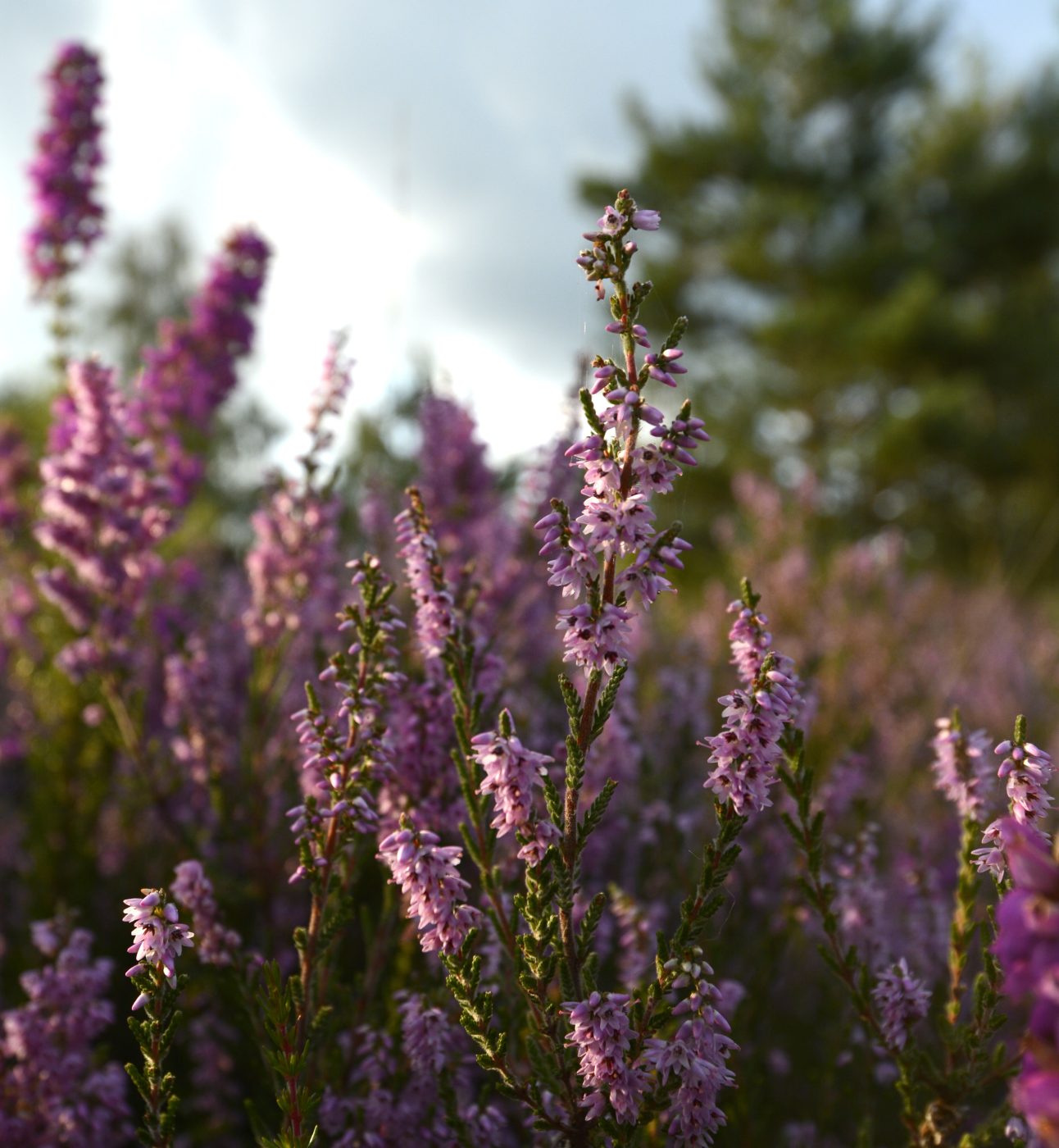
Data on nature in National Parks shows urgent need for change
The UK Government has released official data on the state of nature in England’s Protected Landscapes, marking a big step forward in understanding how these special places are faring.
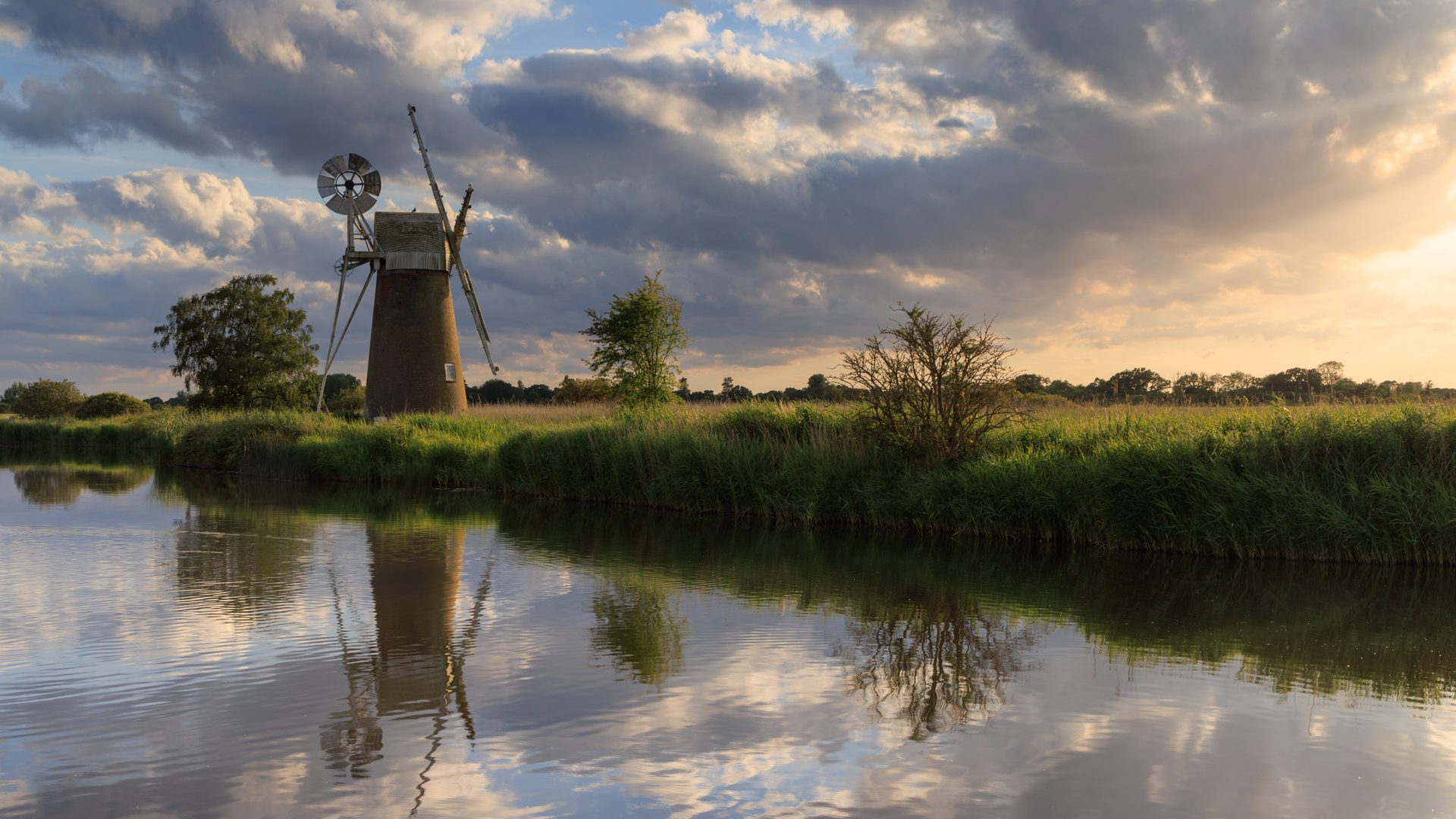
The Broads is Britain’s largest protected wetland
The Broads is Britain’s largest protected wetland. Comprising over 60 areas of open water known as The Broads and seven rivers, the Park contains more than 125 miles of navigable waterways. Given equivalent status to National Parks in 1988, The Broads is unique in that it exists to protect the interests of navigation as well as typical National Park purposes relating to wildlife and visitor enjoyment. It is also home to more than a quarter of Britain’s rarest species, including some only found on The Broads- the Norfolk Hawker Dragonfly and Britain’s largest butterfly, the Swallowtail.
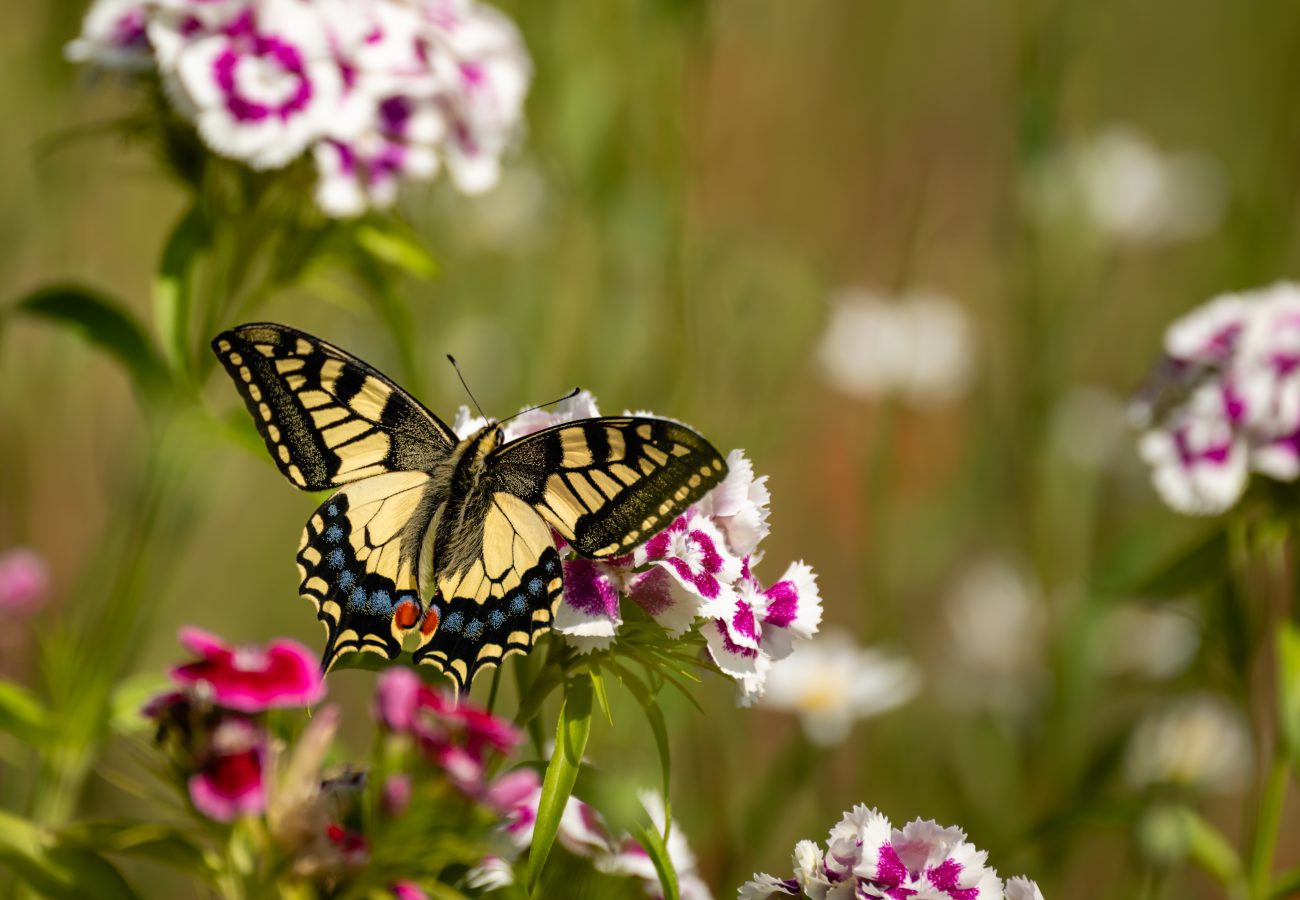
Swallowtail Butterfly © Martin ToshDid you know? The Broads is home to a greater variety of rare wildlife than any other National Park in England and Wales.
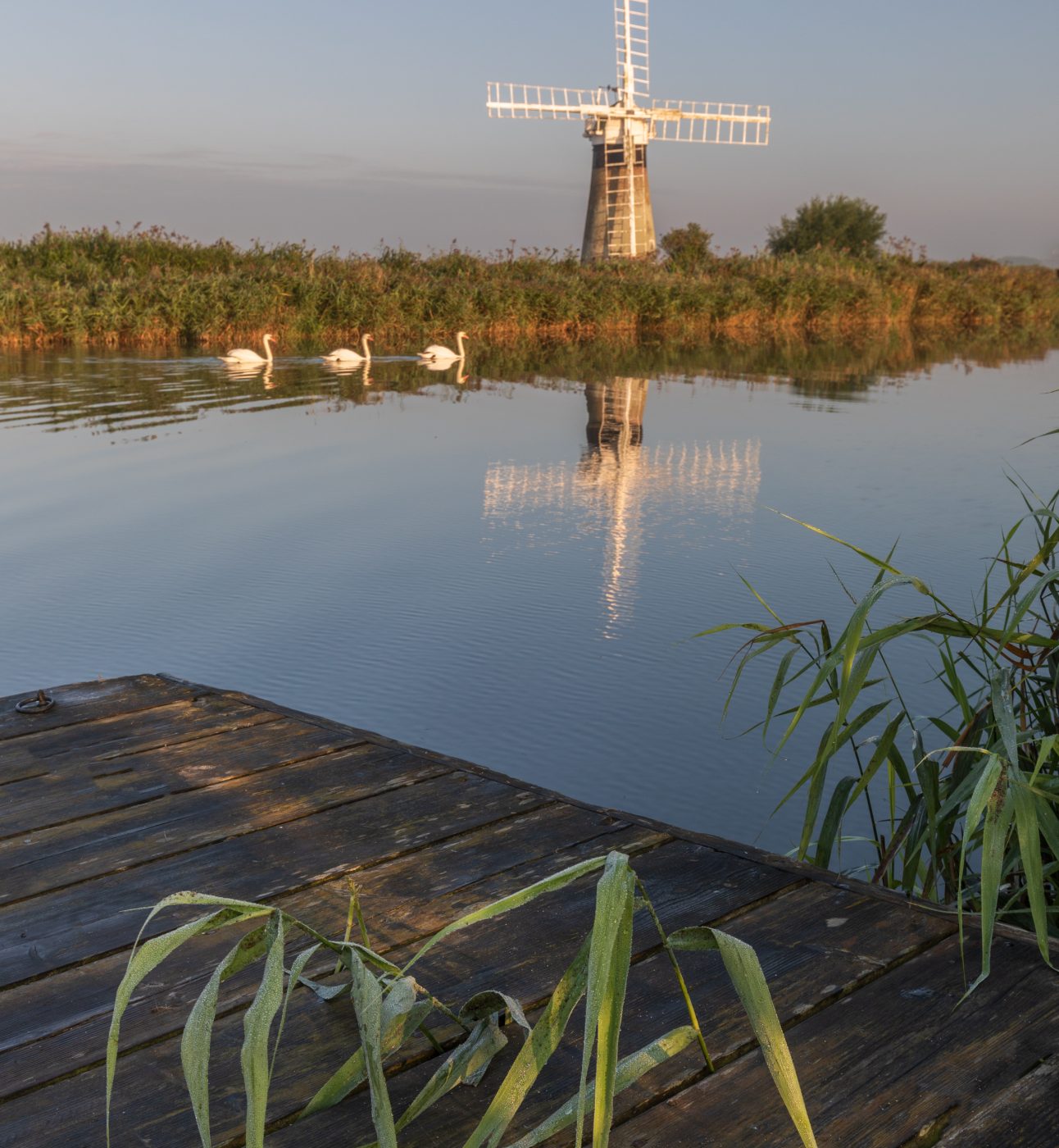
Take a visual journey through the Broads, created by Joseph Harrington www.jhfilmproduction.co.uk
Designated: 15 March 1988
Habitats: Wetland, woodland, waterways
Common wildlife: Adders, birds of prey such as the marsh harrier and the peregrine, sea birds, waterfowl such as redshanks, teal and wigeon
Star spots: Bittern, otters, cuckoos, water voles
Notable towns and cultural sights: Horsey Windpump, St Benet’s Abbey
Notable nature sights: Chalk streams
Popular activities for visitors: Boating, water sports
Highest peak: Strumpshaw Hill at 38 meters above sea level
Annual visitor numbers: 7.45 million
Threats: Habitat degradation, water pollution

The UK Government has released official data on the state of nature in England’s Protected Landscapes, marking a big step forward in understanding how these special places are faring.
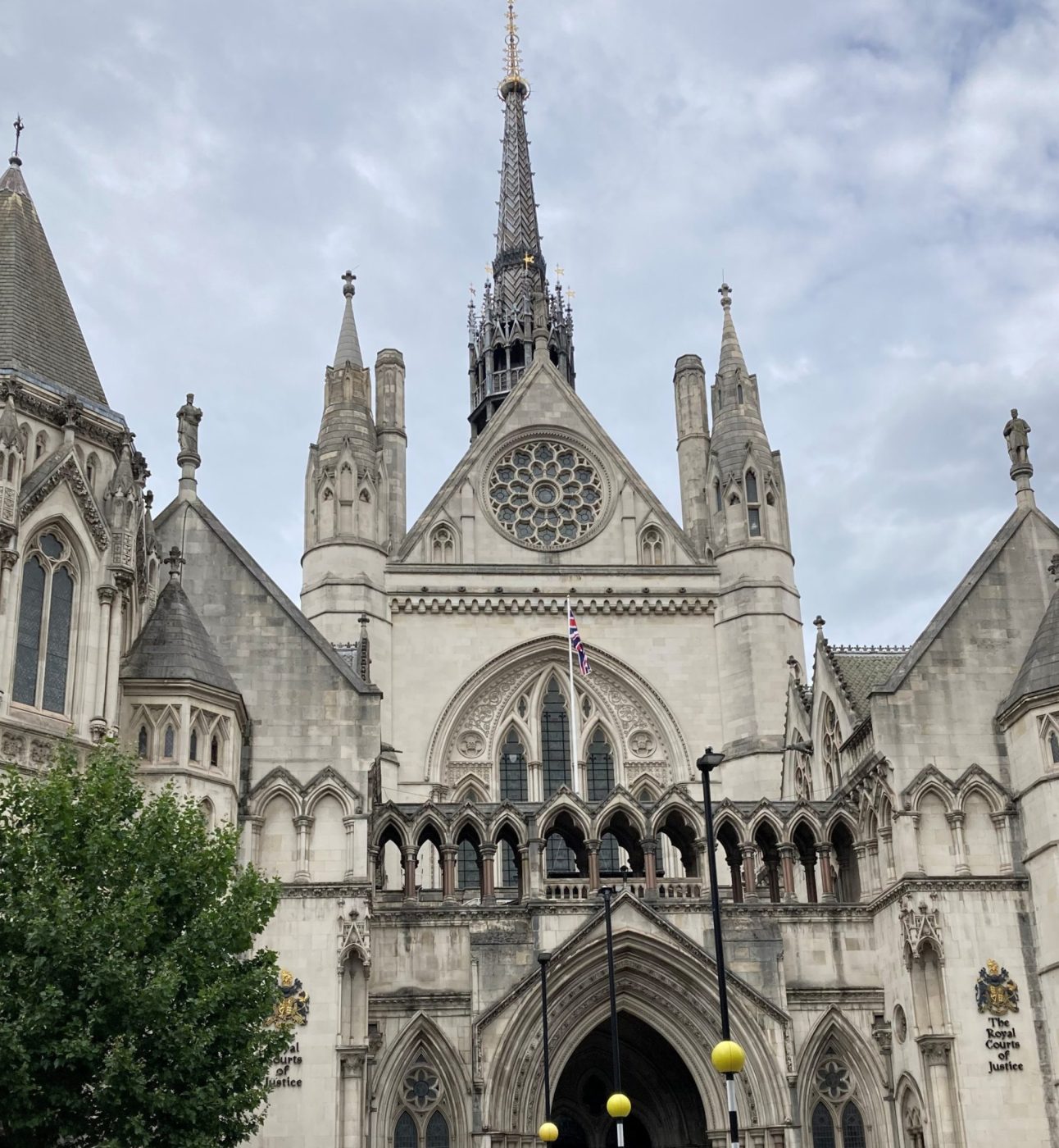
This week, Campaign for National Parks is in court to defend the law protecting all of England’s National Parks and National Landscapes.
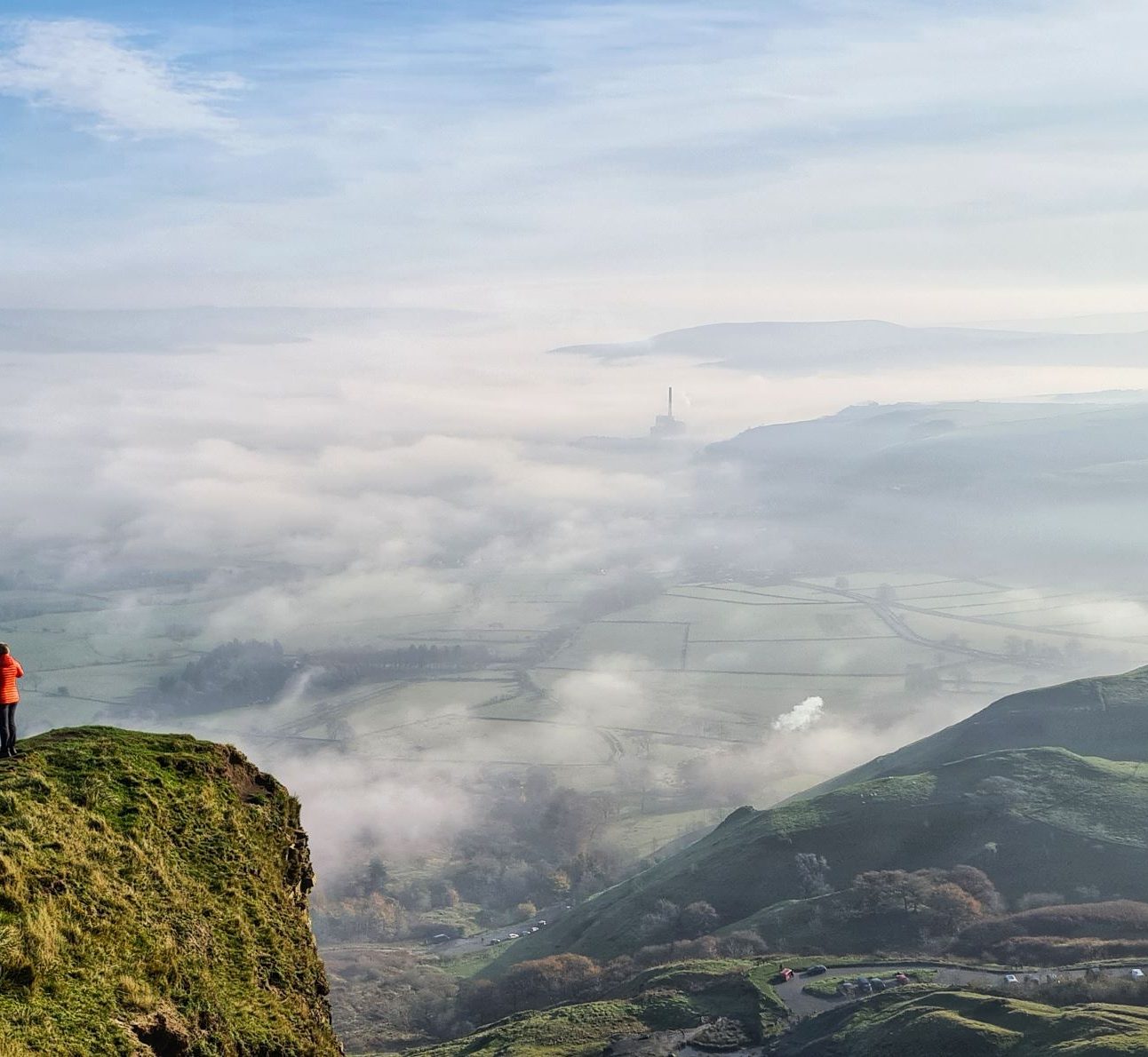
After questions about introducing an entry fee for visiting the Peak District it's important to look for other ways to fund National Parks that keep them free for everyone